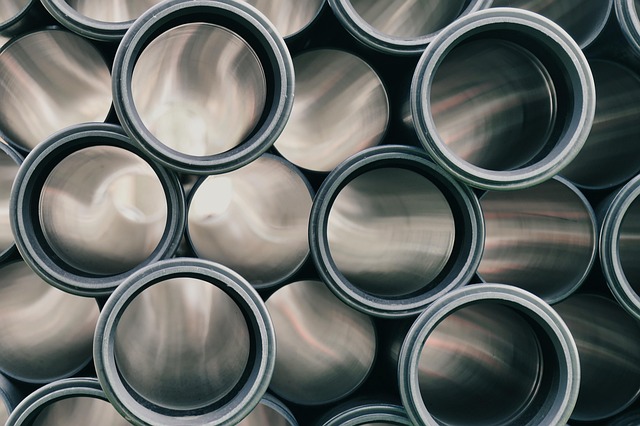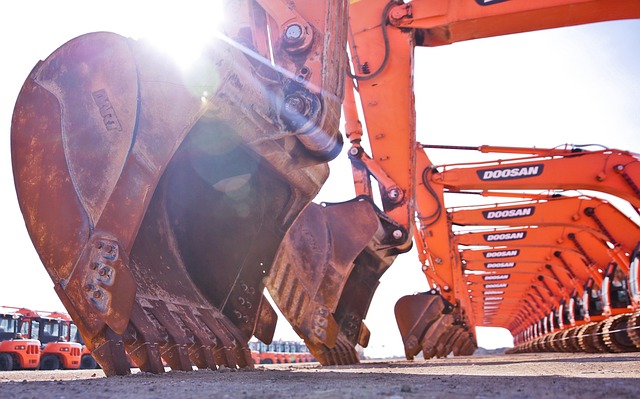f/ + & →, no, </ f
Maintaining your home’s septic system is crucial for ensuring a healthy environment and preventing costly repairs. This comprehensive guide delves into the essential do’s and don’ts of septic system maintenance, empowering homeowners with knowledge to extend the life of this vital component. From understanding your system’s inner workings to recognizing common mistakes, you’ll learn best practices for regular upkeep, including inspections, water management, and proper waste disposal.
Understanding Your Septic System

Understanding your septic system is a crucial step in ensuring proper maintenance. A septic system comprises several key components, each playing a vital role in treating and disposing of wastewater from your home. At its core is the septic tank, where organic matter decays naturally, reducing the volume of waste. This process prevents excessive buildup that could clog pipes. Above ground, a network of distribution lines carries treated water from the tank to soak into the soil, replenishing groundwater supplies.
Regular inspections and maintenance are essential for optimal performance. Homeowners should be aware of common issues like clogs, leaks, and tank sludging, which can disrupt the natural balance. Preventive measures include limiting the use of disposable products, avoiding pouring grease or non-biodegradable materials into drains, and scheduling professional pumping every 3-5 years to remove solid waste accumulated in the tank.
– What is a septic system?

A septic system is an underground facility that treats and disposes of household wastewater from a home or building. It consists of a septic tank, where solids separate from the liquid waste, and leach fields or drainage areas where the treated liquid is further filtered before entering the soil. This natural process breaks down organic matter and ensures safe disposal, making it an essential component for off-grid or rural households without access to a public sewer system. Regular maintenance of this system is crucial to ensure its longevity and efficiency in handling waste responsibly, thereby contributing to both environmental conservation and public health. Therefore, understanding the do’s and don’ts of septic system maintenance becomes vital for every homeowner.
– Components of a typical septic system

A typical septic system comprises several key components that work together to treat and dispose of wastewater from your home. At the heart of the system is the septic tank, a buried container where solid waste separates from liquid waste. Inside the tank, beneficial bacteria break down organic matter, turning it into nutrients that can be absorbed by the surrounding soil. After treatment, the clarified liquid (effluent) flows through a network of pipes into a leach field, also known as a drain field. This underground area allows further filtration and absorption of the effluent into the soil, ensuring safe disposal. Regular septic system maintenance is crucial to keep these components functioning optimally, preventing clogs, backups, and potential environmental contamination, thereby promoting effective septic system maintenance.
in, (∨ v/ w/ → 4/1」 no fng
